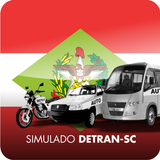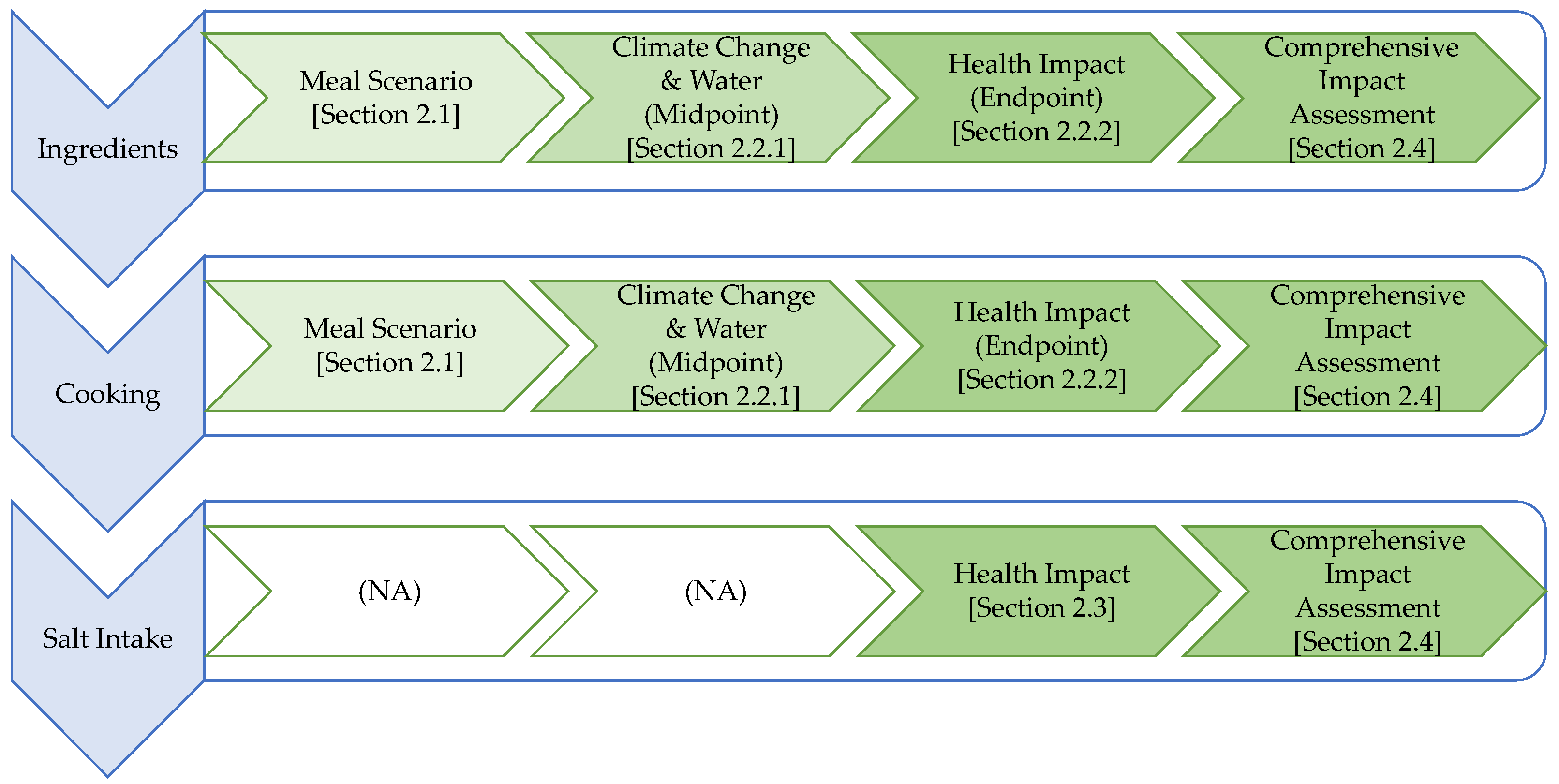Remote Sensing, Free Full-Text
Por um escritor misterioso
Descrição
Increased heat in urban environments, from the combined effects of climate change and land use/land cover change, is one of the most severe problems confronting cities and urban residents worldwide, and requires urgent resolution. While large urban green spaces such as parks and nature reserves are widely recognized for their benefits in mitigating urban heat islands (UHIs), the benefit of urban golf courses is less established. This is the first study to combine remote sensing of golf courses with Morphological Spatial Pattern Analysis (MSPA) of vegetation cover. Using ArborCamTM multispectral, high-resolution airborne imagery (0.3 × 0.3 m), this study develops an approach that assesses the role of golf courses in reducing urban land surface temperature (LST) relative to other urban land-uses in Perth, Australia, and identifies factors that influence cooling. The study revealed that urban golf courses had the second lowest LST (around 31 °C) after conservation land (30 °C), compared to industrial, residential, and main road land uses, which ranged from 35 to 37 °C. They thus have a strong capacity for summer urban heat mitigation. Within the golf courses, distance to water bodies and vegetation structure are important factors contributing to cooling effects. Green spaces comprising tall trees (>10 m) and large vegetation patches have strong effects in reducing LST. This suggests that increasing the proportion of large trees, and increasing vegetation connectivity within golf courses and with other local green spaces, can decrease urban LST, thus providing benefits for urban residents. Moreover, as golf courses are useful for biodiversity conservation, planning for new golf course development should embrace the retention of native vegetation and linkages to conservation corridors.

PDF) PRINCIPLES OF REMOTE SENSING by Shefali Aggarwal

PDF) Fundamentals of Remote Sensing
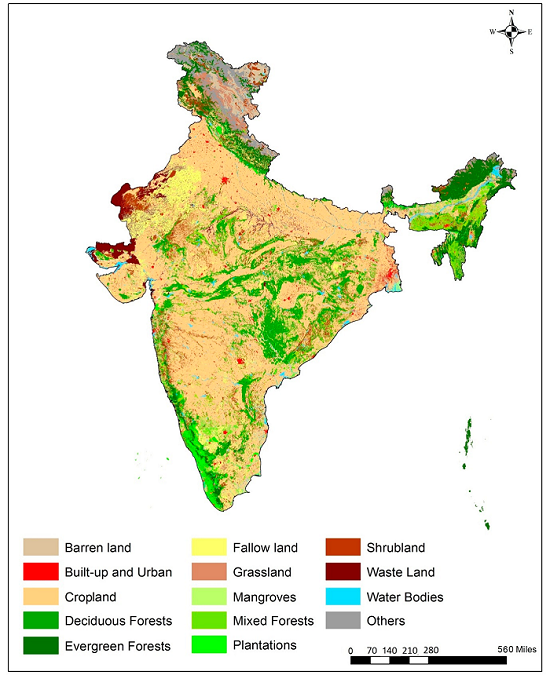
Decadal Land Use and Land Cover Classifications across India, 1985, 1995, 2005
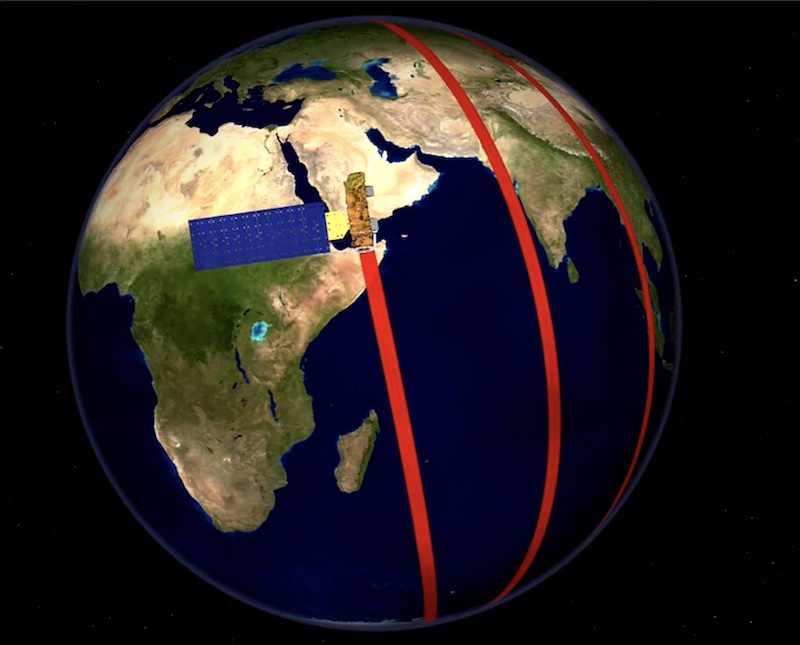
What is Remote Sensing?

Benefits and limitations of remote sensing data to forest structure and

Remote Sensing in Ecology and Conservation - Wiley Online Library
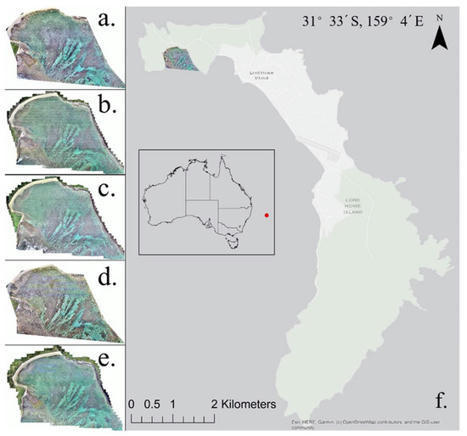
IRS 1A Applications For Coastal Marine Resource

PDF) Remote sensing of agriculture – South/Southeast Asia research initiative special issue
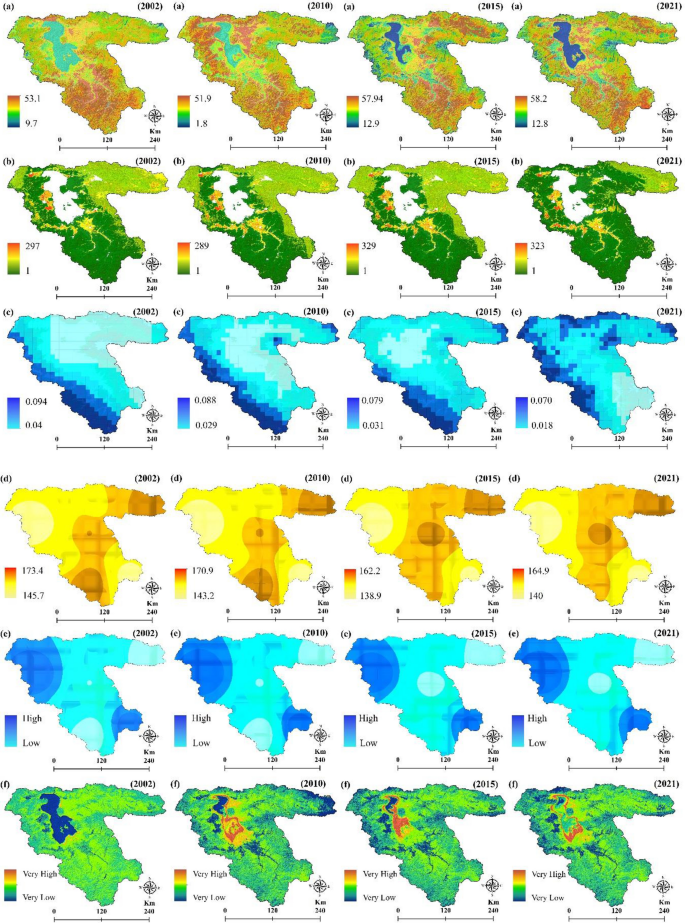
An integrated approach of remote sensing and geospatial analysis for modeling and predicting the impacts of climate change on food security
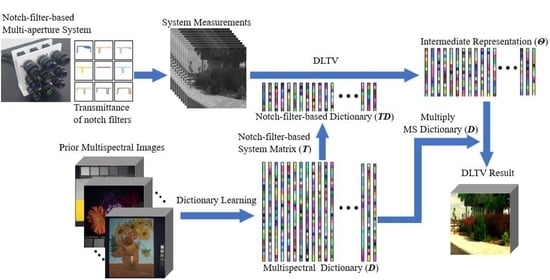
Remote Sensing Dictionary - Colaboratory
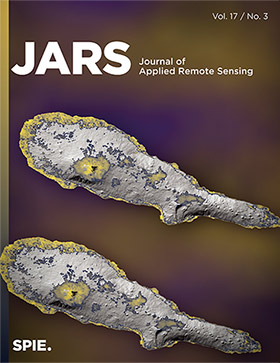
Journal of Applied Remote Sensing
de
por adulto (o preço varia de acordo com o tamanho do grupo)

